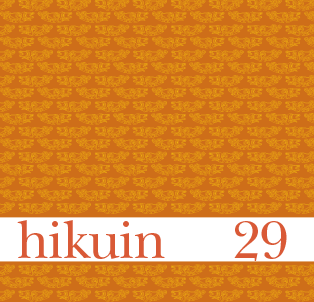Spår av en maktideologi
Städer, tomter, hantverk och djurornamentik
Abstract
Reflexes of an Ideology of Power Towns, tenements, craftwork and animal art
By Anna Hed Jakobsson
Human activities and cultural features such as art, crafts or trade are ascribed different meanings and significances through time. The practical consequences these ascriptions may have are inevitably variable too. During the Late Iron Age and Viking Age art and crafts seem to have been understood differently from later periods. The knowledge and proficiency of the smiths, on how to transform raw materials into splendid objects, were associated with supernatural powers. The myths, poetry and art, not least the animal art, often deal with or express this transformation. The execution of power involved having control over this kind of knowledge, both the knowledge itself and the people who held it, i.e. the smiths. Claiming and using this knowledge, those in power appeared to be the guarantors of creativity, fertility and wealth. In the »towns« of the period, e.g. places like Birka in presentday Sweden, the spatial order seems to reflect this. The spatial organization resembles that of a big farm, except that instead of fenced arable fields lying next to the house or hall-building we have the tenement plots, lying below buildings on terraces. There seems to have been a metaphorical equivalence between the fertile field in the countryside and the productive town plot, where skilful smiths, under control, created valuable things. During the late 10th and 11th centuries many of the Viking-age towns and harbours were abandoned. New centres emerged; Sigtuna »replaces« Birka. Not only economic changes but also ideological shifts may explain this. The magico-religious notion that man was a co-creator in nature stood in sharp contrast to the teachings of the Church, i.e. that everything was the creation of God. The traditional legitimacy of those in power, based on the claim that they could further prosperity and control knowledge associated with the supernatural, did not work any longer. During the 12th century the church obtained a strong hold over the population of Scandinavia. Tithes were introduced, churches built, and the Romanesque Style totally replaced the centuries-old animal art. Power expressed itself in new ways, and we can see how crafts developed in new directions. Artisans became more independent. This is also reflected in the spatial order of the medieval towns, with market-places and shops at their centre.
Downloads
Published
How to Cite
Issue
Section
License
Forfatter og Forlag.





